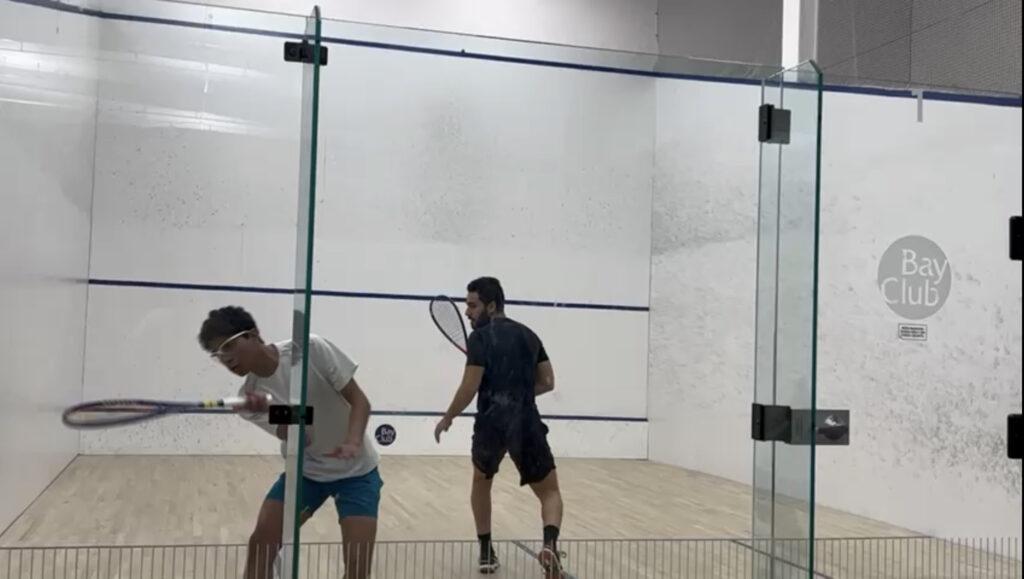I have played competitive squash since I was 13. No, not the fruit squash, the sport.
For those of you who don’t know what I’m talking about squash is a sport in which players step onto a court inside a 25- by 45-foot box with the goal of trying to hit a single 40mm black ball with two distinctive yellow dots before one player makes a mistake — for example, missing the ball, the ball not touching the front wall, letting the ball bounce twice before hitting it or hitting the ball out of bounds.
While many people around me don’t appreciate the sport, I love it and can pour hours into each week.
Another reason for loving squash is the set of skills required to play it. Players’ movements are a rare combination — they need to have precise and quick hand-eye coordination as the small court gives little time for them to react to rebounds. The gameplay is best of 5 games and first to 11 points, each game by two or more points.
Athletes also have to swiftly move from corner to corner at the opponent’s whim and leave proper space so that the opponent has room to hit their own ball without interference.
Through various tricks and strategies, players can attempt to mislead their opponents when hitting shots. One of the most unique characteristics of the sport is that squash has a highly variable shot, called the “nick” that is hard for players to predict where the ball will go.
The “nick” is shot where the ball bounces where the wall joins the floor. It is difficult to aim and it’s not necessarily an instant point: If it bounces out it’s an easy shot to return, but at times it is a difficult shot to receive as the ball can bounce in many directions.
All these factors mesh together into a perfect symphony, composed of the whoosh of the rackets and the ball thumping against the front wall.
Unsurprisingly, the sport does have its downsides, especially in the West Coast. The closest courts are 20 minutes away in Santa Clara and require a pricey $200 monthly membership just to access them. In addition, the squash community is small, leaving players often pitted against the same opponents in league matches.
Despite these challenges, however, I’m still drawn to the sport.
The captivating gameplay of matches keeps me hooked, even if it is mentally taxing. Thousands of considerations flood my mind as I play: “How do his feet move before he’s going to hit the ball?” “Which leg is he playing on?” or “Where does he keep his racket before his shots?” A careful analysis of your opponent’s every move is necessary to compete at the highest level.
But the game isn’t all mental calculations — it, of course, requires its players to be ferocious, refusing to back down to opponents. In some matches, I face gargantuan opponents who look like they are twice my size, bearing down on me, specifically trying to “accidentally” clip me with their racket on a shot.
When my friend’s dad showed me how to play the game during my seventh grade Christmas break, I was hooked and could not put my racket down.
It may sound strange, but I love being trapped in a 25- by 45-foot box, armed with just a racket, fighting against my opponent. The intricacies of gameplay scratch a specific itch in my brain; the mental aspect of the game sharpens my thinking and it also teaches me to be self-reliant and resilient.
Squash is an interesting, mentally taxing sport and I’m sure that if more people just gave it a try, they would love the game just as much as I do.


























